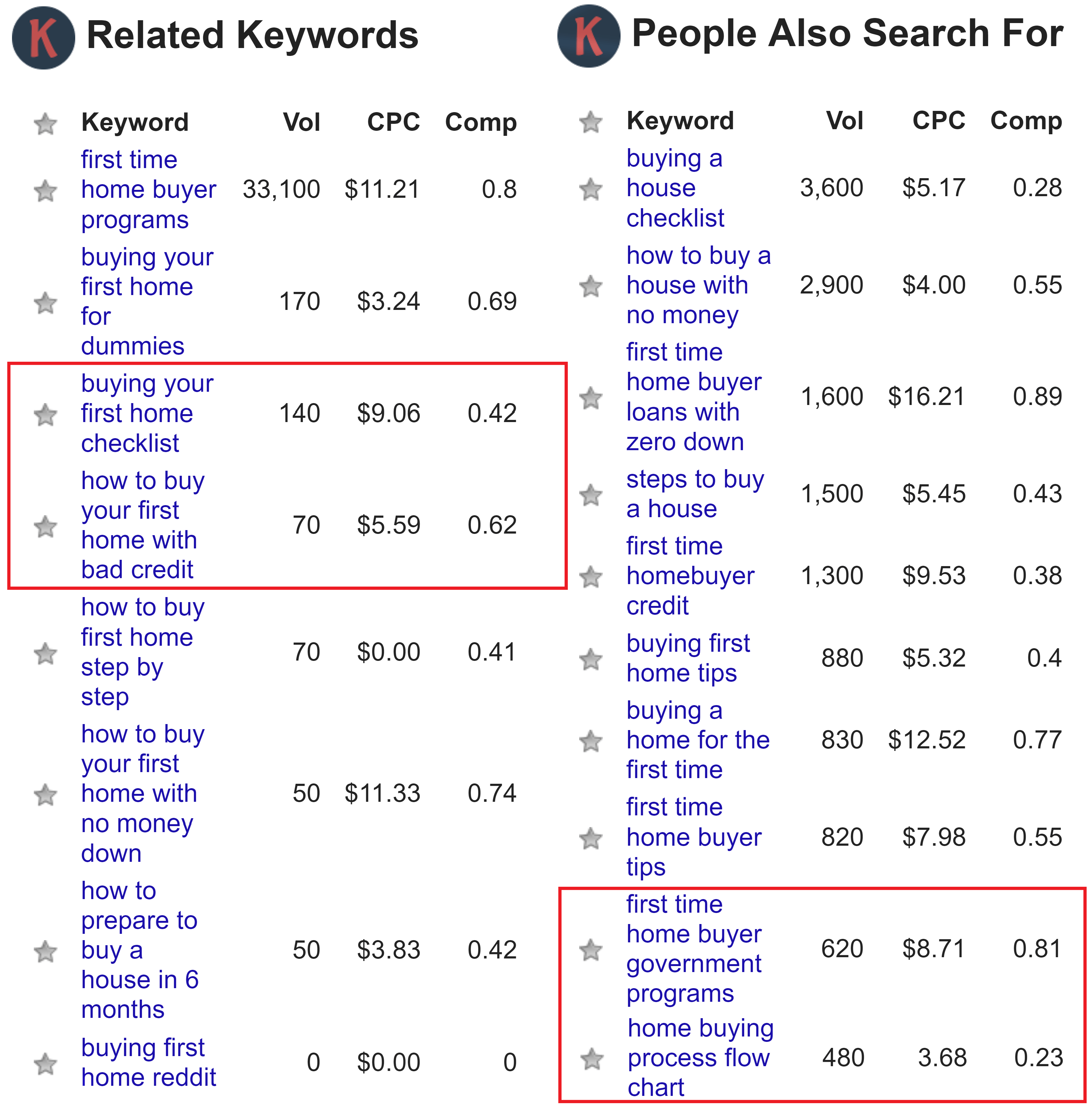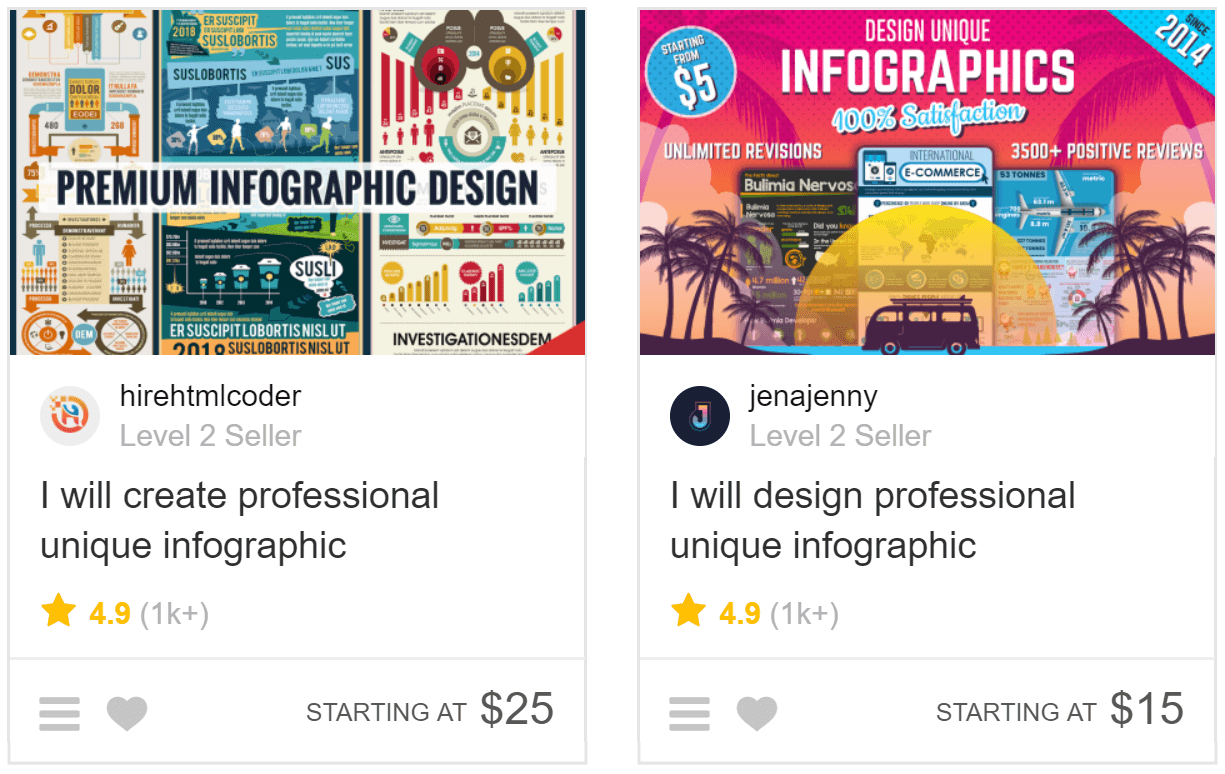If you're a real estate agent looking to boost your organic traffic (the traffic you get from non-paid means) - you need to blog. In this article, we'll show you our 5 favorite advanced search engine optimization strategies , to keep you ahead of your competition.
Hyperlocal Strategies SEO
Are you running a real estate SEO campaign and struggling to find results? Looking to funnel more traffic through your blog? Hey, you’re in good company.
When you’re starting out, it can be beneficial to stick to the basics. Keeping it simple allows you to focus on pumping out as much high-quality content as possible. Once you have a foundation of content to draw metrics from, it’s time to conduct a proper content audit.
During your audits, consider these 5 advanced SEO strategies. They’ll help push your blog to the next level.
1. Expand Your Most Popular Content
Digital marketing efforts almost always require some form of content. When it comes to building a powerful SEO strategy, blog posts are key.
You’ll need an initial baseline of published content to start bringing in traffic. This foundation allows you to start measuring the success of your content. (psst: If you’re looking for a great ‘starter’ tool to be able to do this, check out QuillEngage, which sends simple analytic reports once a week, we use it here at AgentFire!)
You’ll be able to tell which posts are pulling in the most traffic, and which ones need some extra love — even if the reasons why aren’t clear. Over the course of your content audit, you’ll want to do everything you can to improve both high-performing articles and less popular ones.
Improving your best articles first gives you more leverage to improve your less popular articles later.
We’ll explain this idea further in the next section.
Note: For those who don’t have their own blog posts, or are just starting out, search for popular blog posts by other agents and focus there. If you need a tool for that, check out Buzzsumo! We use that as well ?)
Find More Keywords, Provide More Value
This is perhaps one of the simplest strategies listed in this article and might be the most effective.
4 Steps to Expand Your Best Content
- Identify Top Posts — Review the analytics for your blog posts to find your best-performing posts.
- Identify Main Keywords — Once you’ve identified these posts, go through them and pick out some of the main keywords.
- Identify Related Keywords — Next, use a keyword planner tool like Keywords Everywhere or UberSuggest to generate a list of long-tail keywords that relate to the keywords pulled from your original content.
- Create More Content — Create useful content about the new keywords and add them to your post.
It’s important to understand that instead of just adding new keywords into your article wherever they fit, you’ll want to add more useful content to your posts.
In other words, the expanded article should be thousands of words longer than it originally was… and HEY… I say all of this with a strong caveat.
Make sure that you’re aiming to provide value to your users. A thousand-word article that ranks well means nothing if it fails to make a positive impact on the reader.
Ok (whew… that was me screaming) – let’s continue…
You should be using your newly identified keywords as subheadings in your article, and adding new content beneath them.
Let’s detail some of the steps above so you know what to look for when expanding your best articles.
Identifying Related Keywords
Imagine you want to improve an article that is targeting the keyword phrase “how to buy your first home”.
If you’re using the Keywords Everywhere tool (which is free ?), you’ll see the estimated monthly volume, cost-per-click, and competition ranking right underneath your search.
- Start by searching your original keyword phrase. This gives you a baseline to compare related keywords with.

- Go through the list of Related Keywords, as well as the People Also Search For suggestions. You can find these lists directly on the right-hand side of your Google search results.

- Pick out some keyword phrases that weren’t directly covered in your original article. For example, take a look at the highlighted results below:

Here are four topics that can be added to your How To Buy Your First Home article.
By using these keyword phrases as subheadings, you’re now targeting an estimated volume of 1,200 additional searches every month.
For this example, let’s use 2 of these keyword phrases for written content, and 2 for useful images.
Create More Written Content
‘How to buy your first home with bad credit’ and ‘first time home buyer government programs’ both work well as article subheadings.
They also give you enough material to add another 1,000 words to the article — at least.
Generally speaking, longer written content performs best. Of course, refrain from adding any filler that doesn’t contribute to your rationale.
- Use your new related keywords to add more written content to your article.
Written content has the capacity to drive more organic traffic to your website on its own. Additionally, you can create useful images to improve your article’s sharability.
Create Useful Images
Consider the suggestions ‘Home buying process flow chart’ and ‘buying your first home checklist’. Both provide the opportunity to add images to your article.
- Research similar image ideas and create something better.
If you search ‘home buying process flow chart’ right now, you’ll see there aren’t many flowcharts that are both well-designed and informative for first-time homebuyers.

- Include the subtitle Home Buying Process Flow Chart into your article to target an estimated 480 searches per month. Then have the flowchart created and added to your article.
Also, according to the Keywords Everywhere tool, the competition is fairly weak at 0.23 (on a scale of 0.00 to 1.00).
This gives you the chance to climb to the first page quickly, allowing more people to find your flowchart.
If you create a graphic that’s clearly better than other top results, your article could be shared by other agents, real estate websites, Facebook groups, forums, etc…
This article will go into detail about hiring a graphic designer in Section 4… it’s WAY cheaper than you think.
First, let’s talk about what to do with your less popular content.
2. Boost Other Content with Internal Links
When you’re building out your SEO strategy, it’s important to consider your ‘link juice’ flow.
And no… we’re not talking about something you drink ?…
‘Link juice’ is an SEO slang word for link equity. It describes the value or power of a particular hyperlink, as well as the collective power of multiple backlinks pointing at the same webpage.
The more authoritative a web page is, the more powerful a link from it is.
This is why it’s best to expand your top posts first, then send link juice to less popular posts.
It’s similar to the combination of reputation and wealth in our society, whereas reputation is Domain Authority, and wealth is Organic Search Traffic. As your reputation and wealth grow, so does your potential to help others.
Ideally, you want multiple backlinks from multiple high-ranking websites. The problem is your competition is fighting for the same link juice. Obtaining powerful backlinks from other websites can be tough.
Fortunately, you can direct the link juice of your most popular content to your less popular content through internal links.
Building a Network of Internal Links
Internal links are hyperlinks from one page on your website, to another page on your website.
While you’re expanding your most popular content, look for opportunities to link to other articles on your blog.
In order to maximize your efforts, make sure your internal link is relevant and adds value to your reader’s experience.
Furthermore, by adhering to a few basic copywriting principles, you can increase the conversion rates of your internal links.
This strategy is effective when consistently implemented throughout your entire website. Once the heavy lifting of content creation is finished, internal links are relatively easy to set up.
For example, consider the roundup post detailed below. It’s a large piece of content that’s specifically designed to be shared as much as possible.
You can direct where the link juice from your roundup post will flow.
Internal links will improve the rankings of your entire website with the link juice of your top-ranked pages.
This is even easier to accomplish with a system like AF Area Guides™, which automatically connects blog posts written about a specific neighborhood to their corresponding area page.
And see what we just did there? We’re internally linking to another, relevant page on our site! ?
When implemented successfully, the most popular pages on your website will solidify your search ranking on a hyperlocal level. This makes it more difficult for competition to steal your spot in hyperlocal search results.
3. Leverage Infographics
Now before you say “… but I can’t afford infographics and they’re time-consuming”, keep reading!
Infographics are a great way to organize information.
If your flowchart or infographic strikes your reader as particularly valuable, they’ll be more likely to share your article. It’s also possible that other blog writers use your infographic and cite your website.
This provides an opportunity to grow your backlink network significantly.
Instead of Googling ‘how to make awesome infographics’ and developing your design chops, you can simply hire a professional.
Fiverr Makes It Easy… and Cheap!
Online marketplaces like Fiverr offer an array of freelancers at different skill levels, with prices starting as low as $5.
There are other popular freelancer websites like Upwork, but they usually require more time and effort to complete the process.
Fiverr’s platform is easy to navigate, and there are plenty of freelancers to choose from for almost any digital task. What sets Fiverr apart from most other freelancer websites is the way they organize the available services.
Take a look below at two of the search results for ‘infographic designer’:

Notice how the most relevant pieces of information are front and center. You can get an idea of each freelancer’s ability, rating, pricing, and even their style — all in one glance.
Other websites often share the same information and might offer higher-quality workers, but their processes usually follow a more traditional approach.
This means you’ll need to create a job listing, interview multiple candidates, and decide which candidate to hire.
Fiverr turns their freelancer’s services into products (called gigs), and they have a standard way of presenting them. This works great for straightforward assignments (like infographics) and saves both parties a lot of time.
Also, fees on Fiverr are usually very low… ?
Outsourcing work is what separates the self-employed from business owners. It also applies to our next advanced real estate SEO strategy, but in a ’roundabout’ kind of way…
4. Roundup Posts
Roundup posts are used to create a piece of content that multiple experts are incentivized to share with their audiences. Plus, they give you an opportunity to envision yourself as a digital cattle rancher. ??
They’ll want to share your post because you interviewed them about their career. You also published their answers in an article showcasing their expertise.
It’s obviously a great look for them.
Since you’ll be copy/pasting their answers, a majority of your content has already been written for you. From this perspective, you’ve outsourced the task of writing in exchange for positive publicity.
3 Main Benefits of a Roundup Post
- A Stronger Network — By offering an opportunity that benefits multiple influencers and experts in the real estate industry, you’ll be improving your professional network.
- Increased Authority — When you create a roundup post properly, you’re essentially hosting an event. By inviting experts and influencers to your event, you’re tapping into their collective knowledge and their combined audiences.
- More Traffic — Your featured guests will be invested in the success of this article, which means they might want to share it with their audience. Also, your audience is more likely to share an article filled with expert advice.
For example, imagine building a blog post titled “37 Expert Real Estate Agents Reveal Their Toughest Mistakes”.
Agents from all levels of success are going to be curious to know what these experts have learned over the years.
If the article is done correctly, you’d have 37 authority figures interested in promoting your content. While this won’t be your only source of promotion, it’s one of the best methods possible for spreading the word.
Careful, you might end up looking like an expert yourself! ?
Focus on These 4 Things When Creating Your Roundup Post
- Questions — Ask questions your target audience needs an answer to. Make it easy and fun for experts to answer!
- Experts — Choose experts that have created and shared great content in the past, as well as experts with instantly recognizable names.
- Content — Format your content so your readers can enjoy it. Try to create a consistent, well-designed theme throughout the article. Consider including a short bio, quote, or profile picture for each expert.
- Promotion — You shouldn’t expect every expert to share your roundup post. Create your own promotional strategy that will succeed on its own, and treat experts sharing it as a hefty bonus.
For each of the steps above, try to come up with a unique angle that’s useful to your audience. Many roundup posts get slapped together hastily, so take your time and stand out.
5. Leverage Schema Markup
What happens after you reach the #1 spot for your main keywords? You make your search results look and perform better with Schema markup!
What is Schema Markup and How Can It Be Used?
Schema markup is a form of code you can add to your web pages. It improves the usefulness of your web page in search results and gives you instant authority.
If you’re reading this and thinking “Schema what-up? This is too techy for me…”
PERFECT! ?
You just identified the reason why Schema markup is still vastly underutilized.
According to Searchmetrics, 36.6% of Google search results include Schema markup, yet only 0.3% of websites use it.
This is the most technically involved SEO strategy in this article, but it doesn’t have to be!
Are you using WordPress? Then just use the Yoast SEO Premium plugin. Yoast SEO makes Schema markup easy and doesn’t require any coding skill.
You’ll have an immediate advantage over most of your competitors by leveraging Schema markup.
Take a look at some examples of what Schema markup can do below.
Showcase Social Proof
You can add a star-rating meter within your search results to showcase your social proof.
One of the most powerful pieces of content you can share with your audience is proof that other people would recommend your services… Collecting reviews and testimonials is very important for effective real estate SEO.

You can increase your social proof even further with the AgentFire Testimonials Tool, which automatically includes Schema markup.
Also, see how we linked to our Testimonials Tool? … another internal link! ?
Additional Links & Descriptions
You worked hard to earn your spot in Google’s search results. Why not take up more space with links to your webpages?

Notice how this listing has virtually tripled in size. It also includes six direct links to specific web pages, with room for a short description underneath each link.
This method also gives you a chance to show your target market what your website is all about. This could lead to even higher conversion rates for your SEO campaign.
Check Out This Official Chart for More Ideas
Don’t let the complexity of the next link discourage you from implementing star-rating meters and additional links!
Here’s a long list of real estate agent schema markup ideas, along with their HTML resources.
That said, start with implementing a star-meter rating and additional links to your website.
Going from zero Schema markup to some Schema markup makes a huge difference!
In Conclusion
The rules of the SEO game are constantly evolving, and Google keeps its algorithm updates private. At the same time, Google is doing everything they can to make their search engine as useful as possible.
Right now there are thousands of real estate agents publishing content, capturing the attention of homebuyers in their hyperlocal area. This is an essential part of dominating your market. A few small tweaks and simple concepts can keep you one step ahead of your competition.
This translates to higher rankings for the highest-quality content.
The 5 advanced strategies above will ensure your blog’s optimization. These strategies are most effective with a strong foundation of truly useful content.
Learn how it’s done by reading The Complete Guide to Content Creation For Realtors.


